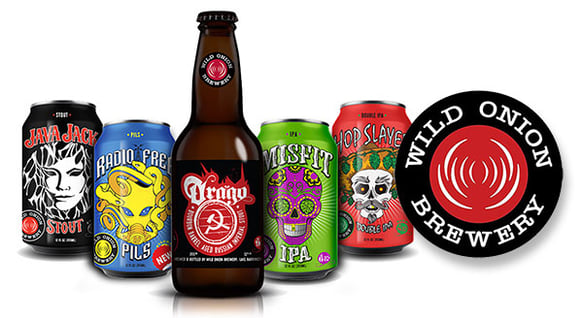
What was once farmland and an abandoned quarry has become a small piece of paradise in the northwest Chicago suburbs. Wild Onion Brewery is one of Chicago’s first craft breweries of the modern era, firing up their first batch of Paddy Pale Ale in 1996. Family-owned, and located just off Route 14 in Lake Barrington, IL, this small but mighty brewer has seen steady, well-managed growth for over 23 years.
With roots going back to the Kainz family dairy business in Chicago in the early 1900’s, founding brewer Mike Kainz had always been intrigued by family brewing stories. His grandfather and uncles had converted part of their dairy to beer production on the sly during Prohibition to keep thirsty Chicagoans happy in the 1920’s. There were stories of fermenting beer in stainless steel milk tanks and rolling barrels down the alley behind the dairy at night.
As an Economics/French major in college, Mike traveled to France for school and fell in love with the Belgian and German beers. He came home and started home brewing to create beers with more flavor than what was currently available in the USA. He just dabbled in the brewing art, and became quite proficient at it.

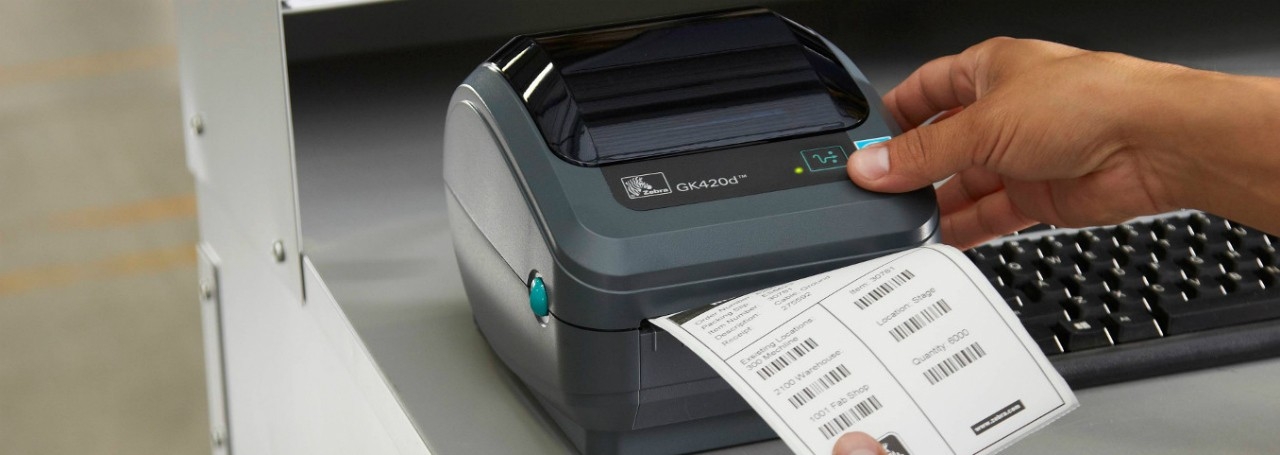
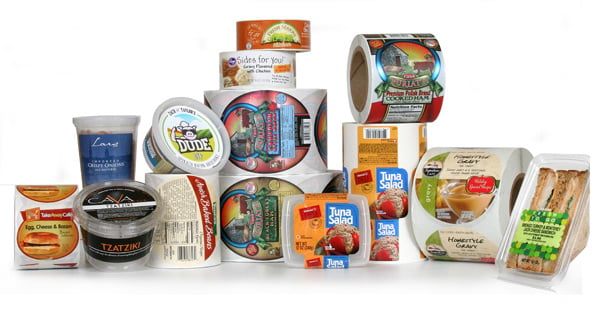 Manufacturers often find
Manufacturers often find 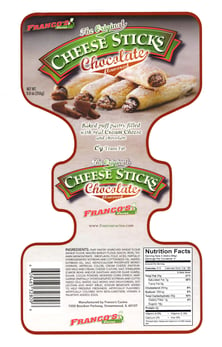
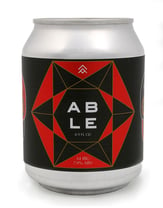 1. Able Seedhouse and Brewery - Minneapolis, MN
1. Able Seedhouse and Brewery - Minneapolis, MN Founded in 2015, Able Seedhouse + Brewery is a community of creative, hard-working and thoughtful people dedicated to building locally-inspired and ultra-fresh beer.
Founded in 2015, Able Seedhouse + Brewery is a community of creative, hard-working and thoughtful people dedicated to building locally-inspired and ultra-fresh beer. 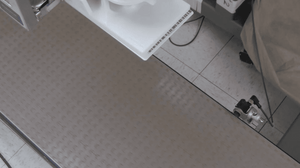 Label printer-applicators are the most efficient way to print variable data labels, like shipping labels, and apply them accurately on passing cartons and packages. But sooner or later you will have to shut down the line to change the empty label or ribbon rolls on each of your systems. A good operator can do that in a few minutes or even faster, but unless you have redundant systems that enable zero-down-time, you have to stop your production.
Label printer-applicators are the most efficient way to print variable data labels, like shipping labels, and apply them accurately on passing cartons and packages. But sooner or later you will have to shut down the line to change the empty label or ribbon rolls on each of your systems. A good operator can do that in a few minutes or even faster, but unless you have redundant systems that enable zero-down-time, you have to stop your production.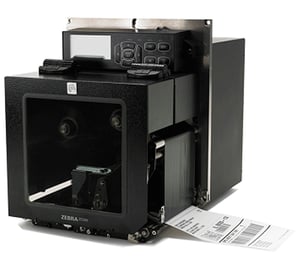 The first problem with many print-and-apply systems is that they’re a pain to set up. Zebra completely simplifies the process by giving you a large, graphical display with a simple five-button menu that makes setup a cinch.
The first problem with many print-and-apply systems is that they’re a pain to set up. Zebra completely simplifies the process by giving you a large, graphical display with a simple five-button menu that makes setup a cinch.